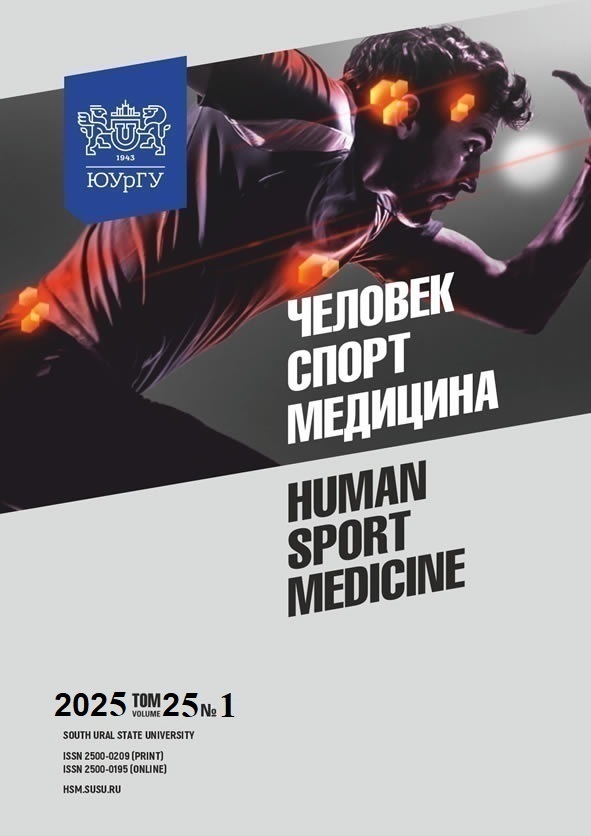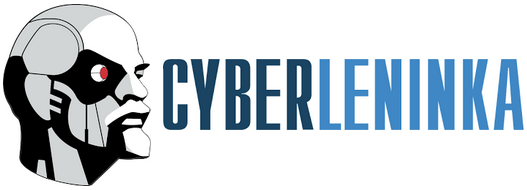CHARACTERISTICS OF THE DYNAMICS OF INCREASE IN PHYSICAL DEVELOPMENT AMONG SCHOOLCHILDREN
Abstract
Aim. This study aims to investigate the dynamics and characterize the overall and annual increments in physical development indicators among children and adolescents aged 7–17 years. Materials and methods. The study involved schoolchildren from Brest (n = 4229). Anthropometric measurements, caliperometry (Lange caliper), and computerized plantography were employed for data collection. Results. The findings revealed that boys exhibit greater overall increments in physical development compared to girls. The most significant increases were observed in body weight among boys and in body weight and skinfold measurements among girls (SFF). The maximum annual increments in integral indicators occurred 2–3 years earlier in girls than in boys. Girls exhibited a constant increase in skinfold measurements across all age periods, whereas boys experienced a smaller increase followed by a decline at 12–13 years, with stabilization occurring by 16–17 years. Foot length and width measurements demonstrated two distinct peaks in annual increments: the first at 7–8 years in both sexes, the second at 9–10 years for girls and 11–12 years for boys (foot length), and at 13–14 years (foot width). Conclusion. Significant differences were observed in the dynamics of somatometric indicators between boys and girls aged 7–17 years. Overall increments in physical development indicators were more pronounced in boys, with the exception of skinfold measurements. Maximum annual increments in integral indicators occurred 2–3 years earlier in girls than in boys. Subcutaneous fat deposition patterns are also different, with girls exhibiting a continuous increase and boys showing a smaller increase followed by a decline at 12–13 years. Foot growth dynamics were characterized by two peaks, namely the first peak occurring at 7–8 years in both groups and the second one occurring 2 years later in girls and 4–6 years later in boys.
References
References on translit
Copyright (c) 2025 Human. Sport. Medicine

This work is licensed under a Creative Commons Attribution-NonCommercial-NoDerivatives 4.0 International License.















